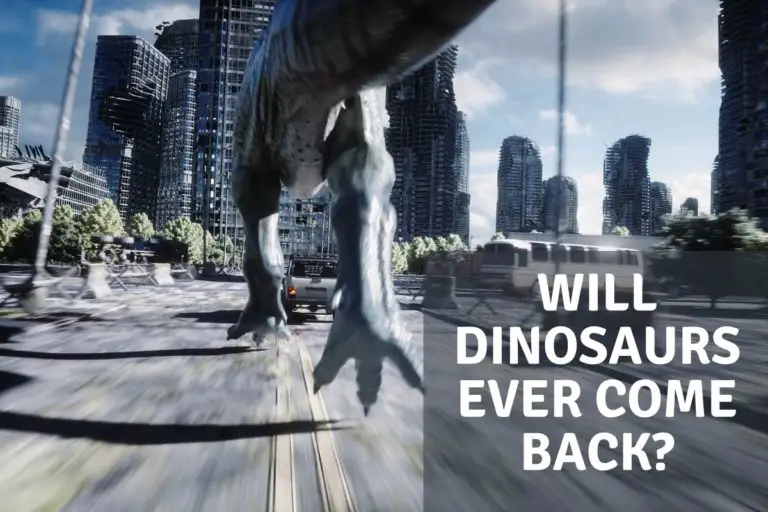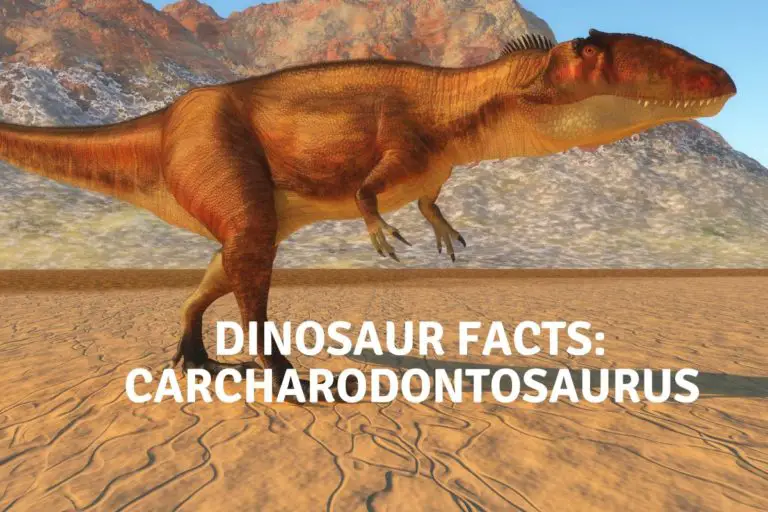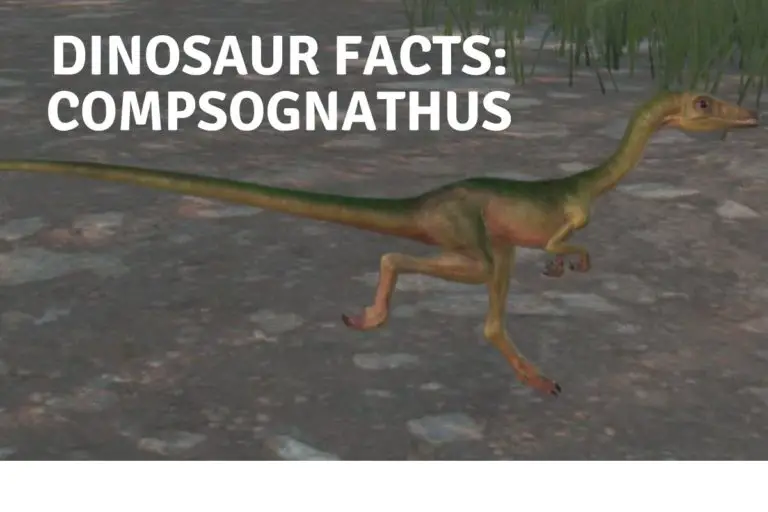What Were The Hard Head Dinosaurs?
While many may instantly think of the more famous hard head dinosaur the Pachycephalosaurus when this term is mentioned, there is a much broader family of these dome headed dinosaurs waiting to be explored.
Hard-headed dinosaurs, known as pachycephalosaurids, are renowned for their thick skull domes some with 10 inch think skulls. There are around 16 described species with Pachycephalosaurus, the most famous among them,
This article looks at others in the family, what they used that hard head for and into the world of these thick-headed dinosaurs – not an insult its literally what their name means!
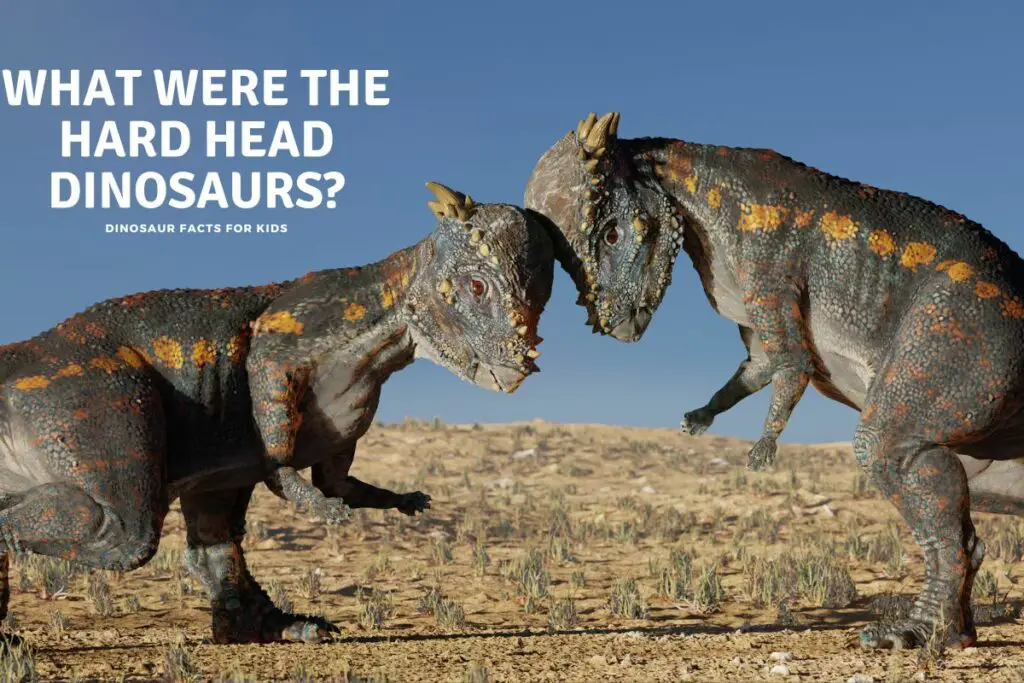
What Were Hard Head Dinosaurs
Dinosaurs like Pachycephalosaurus stand out due to their uniquely evolved skulls and hard heads, made of up to 10 inches of bone and with spikes and bumps all over.
The term ‘hard-headedness’ in these creatures refers to the remarkably thickened bone structure of their skulls. But why did evolution favor such a design?
Several theories have been proposed to understand the evolutionary significance of this trait.
One theory is that the thick skulls of hard head dinosaurs played a pivotal role in combat.
Much like modern-day rams, these dinosaurs might have engaged in head-to-head contests of strength, using their toughened skulls as both weapon and shield.
This theory rocks back and forth to a yes they did no they didn’t use these hard heads for combat. currently the thought is yes they did as Prehistoric Planet shows in the video below, but as always this is subject to change.
Either way, combat or not it isn’t the only possible reason for the evolution of hard heads. The skull’s structure might have been used for display purposes, signaling maturity, fitness, or dominance.
A thicker, more prominent dome might have been more attractive to potential mates or more intimidating to rivals.
The changing environment during the Late Cretaceous might also have played a role.
As forests became more dense and diverse, having a hard head could have been beneficial in navigating through thick vegetation or in defending against predators.

Pachycephalosaurus: The Poster Child of Hard-Headed Dinosaurs:
The Pachycephalosaurus, often the first dinosaur that springs to mind when discussing hard-headed dinosaurs, roamed the Earth during the Late Cretaceous period, around 70 million years ago,
this creature was not just known for its distinctive skull, but also its behavior.
The dome of a Pachycephalosaurus was thickened and composed of solid bone, often reaching up to 10 inches in some specimens. This unique structure has prompted various theories.
As we discussed above. while it was initially believed that these dinosaurs used their domed heads to ram into opponents, much like bighorn sheep today, recent studies have also suggested they might have engaged in flank-butting, instead of direct head-on collisions. the video above shows both!
The dome could also have played a role in display, helping these creatures attract mates or establish dominance within their herds.
The presence of small spikes and nodes on the top and rear of their heads adds to this theory, as these could be considered ornamental features, enhancing the visual appeal of the dome.
Another intriguing aspect of the Pachycephalosaurus is its teeth. Unlike the sharp teeth of carnivorous dinosaurs, the Pachycephalosaurus had small, peg-like teeth, suggesting a herbivorous or, possibly ( no consensus on this) , omnivorous diet.
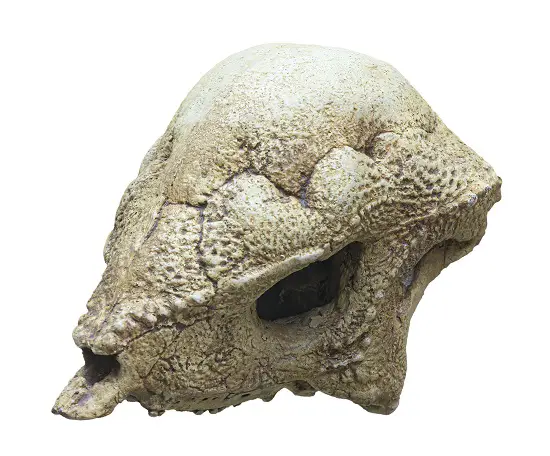
Other Examples of Hard Head Dinosaurs:
Beyond the Pachycephalosaurus, the prehistoric world was home to a variety of hard head dinosaurs.
Let’s look at five more noteworthy examples: We also have this information in the table below for easier access.
- Stygimoloch: Named after the river Styx and the demon Moloch, the Stygimoloch boasts a distinct set of long, thin spikes surrounding a smaller dome compared to its Pachycephalosaurus relative. it also may have been a juvenile of its larger cousin.
- Dracorex: With a full name that translates to “dragon king of Hogwarts”, Dracorex was a hard head dinosaur with a more flattened skull, adorned with spiky nodes and longer horns. Its appearance has even drawn comparisons to the dragons of mythology.
- Homalocephale: Meaning “even head”, the Homalocephale’s distinguishing feature is its flatter, wedge-shaped skull. This small dinosaur from Mongolia likely used its head for butting, given the wide and strong nature of its neck and back, supporting the combat theory.
- Goyocephale: Another dinosaur from Mongolia around 80 to 70 million years ago. Goyocephale had a somewhat smaller dome compared to others in this category.
- Prenocephale: With a moderately-sized dome and a long, agile body, and long legs the Prenocephale stands out for its potential speed. Its name means “sloping head”, and there’s speculation it might have been quick on its feet, it is shown to be when running from velociraptors in Prehistoric Planet 2. ( see video below)
Table 1: Hard Head Dinosaurs
| Name Of Hard Head Dinosaur | When and where | Size | Size of Hard head |
| Pachycephalosaurus | Late Cretaceous, North America | 4.5m (length) | Up to 10 inches thick |
| Stygimoloch | Late Cretaceous, North America | ~3m (length) | Moderate dome with long spikes |
| Dracorex | Late Cretaceous, North America | 3m | Flatter skull with spiky nodes and horns |
| Homalocephale | Late Cretaceous, Mongolia | 1.5m (length) | Flatter, wedge-shaped skull |
| Goyocephale | Late Cretaceous, Mongolia | ~1.5m (length) | Smaller dome, possibly for sideways butting |
| Prenocephale | Late Cretaceous, Mongolia | ~2m (length) | Moderately-sized dome |
How Many Hard-Headed Dinosaur Species Were There?
To date, (2023) scientists have identified about 16 -18 distinct species within the Pachycephalosauridae family. (It changes now and then based on new research and new discoveries)
The diversity among these species ranges from the well-known Pachycephalosaurus to lesser-known members like Stegoceras and Dracorex.
Table 2: ( from wikipedia) list of Hard head dinsoaur species.
| Pachycephalosauridae | Wannanosaurus yansiensis Colepiocephale lambei Hanssuesia sternbergi Stegoceras novomexicanum Stegoceras validum Goyocephale lattimorei Homalocephale calathocercos Tylocephale gilmorei Foraminacephale brevis Amtocephale gobiensis Acrotholus audeti Prenocephale prenes Alaskacephale gangloffi Pachycephalosaurus wyomingensis Sphaerotholus buchholtzae Sphaerotholus goodwini |
Each species had its unique characteristics, but they all shared the distinctive thickened skull dome to some degree.

Did The Hard Head Dinosaur Headbutt?
The question of whether hard head dinosaurs, particularly the Pachycephalosaurus and others in the group, engaged in headbutting has been discussed by scientists for years.
Given the impressive dome-shaped skulls of these creatures, it’s tempting to imagine two of these dinosaurs charging at each other, colliding with an earth-shattering thud.
Such behavior is witnessed in modern animals like bighorn sheep or musk oxen.
Recent studies and analyses, however, suggest a more varied picture. While the front part of the Pachycephalosaurus’s skull was indeed thick and robust, suitable for head-on collisions, the back part was comparatively less dense, implying it might not withstand heavy impact.
The surrounding neck vertebrae don’t seem completely built for absorbing direct, frontal clashes at least not sustained ones.
Instead, some researchers state that these dinosaurs might have engaged in flank-butting, wherein they would strike the sides of an opponent rather than engage in direct head-on collisions.
This method would be less risky, avoiding potential brain or spinal injuries.
Most theories point to a mixture of both, using that hard head to both hit and to push opponents but as research continues this may change once again.
Hard Head Dinosaurs in Popular Culture
The unique design and behavior of hard head dinosaurs, especially the Pachycephalosaurus, have caught the public’s imagination and firmly cemented their place in popular culture.
Films, television shows, and books often feature these dinosaurs, usually showing off their headbutting behavior.
For instance, the Pachycephalosaurus made a memorable appearance in the “Jurassic Park” series, where its skull-thumping antics were showcased in both The Lost World, and in Jurassic World – Fallen kingdom, though we think this was a Stygimoloch or a Dracorex. Either way it went through a brick wall!
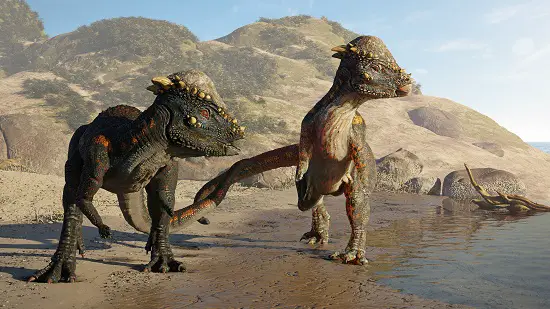
Frequently Asked Questions: Hard-Headed Dinosaurs
- What was the biggest hard-headed dinosaur?
The Pachycephalosaurus is believed to be the largest of the hard-headed dinosaurs. It reached lengths of around 15 feet (4.5 meters) and weighed approximately 990 pounds (450 kg). - What was the smallest hard-headed dinosaur?
One of the smaller species is the Micropachycephalosaurus, whose name, despite being the longest dinosaur name, ironically means “tiny thick-headed lizard.” It’s estimated to have been about the size of a chicken. - What is the most famous hard-headed dinosaur?
The most famous is undoubtedly the Pachycephalosaurus, often highlighted in documentaries, movies, and children’s books due to its distinctive dome-shaped skull. - What did they use their heads for?
There’s ongoing debate, but many paleontologists believe that they used their thickened skulls for headbutting, either in combat for dominance or mating rights, or potentially to defend against predators. - What did they eat?
Hard-headed dinosaurs, including the Pachycephalosaurus, were herbivores. Their diet likely consisted of a variety of plants, fruits, and possibly insects. - Were all hard-headed dinosaurs the same?
No, while they shared the characteristic thick skulls, there were variations in size, skull shape, and other features among different species. - Where were hard-headed dinosaurs found?
Fossils of these dinosaurs have been found in various parts of the world, including North America and Asia,
Conclusion
Hard-headed dinosaurs, especially Pachycephalosaurus, have long captured all of our imagination.
While the pachycephalosaurs is the most well known, popular and famous of these dinosaurs, there were plenty of other members of its hard head dinosaur family.
They all had many things in common, from walking on two legs, a herbivore (probably) diet to of course, that huge domed hard head!
So while they were all similar, there we no other dinosaurs like them!
References
- https://www.researchgate.net/figure/A-coronal-CT-scan-through-the-dome-of-Stygimoloch-
- https://archosaurmusings.wordpress.com/2009/08/21/pachycephalosaur-head-butting/
- https://www.nbcnews.com/id/wbna23845037
Hi, I am Roy Ford a General Studies and English Teacher who has taught all over the world. What started as a fossil collection became a great way to teach, motivate and inspire students of all ages and all over the world about dinosaurs and from that and children’s love of dinosaurs came the site dinosaur facts for kids, a resource for all ages.

